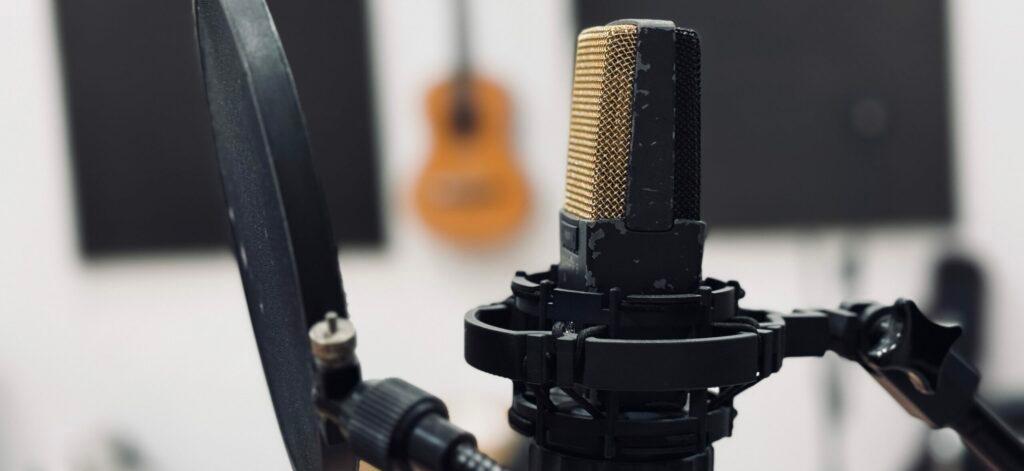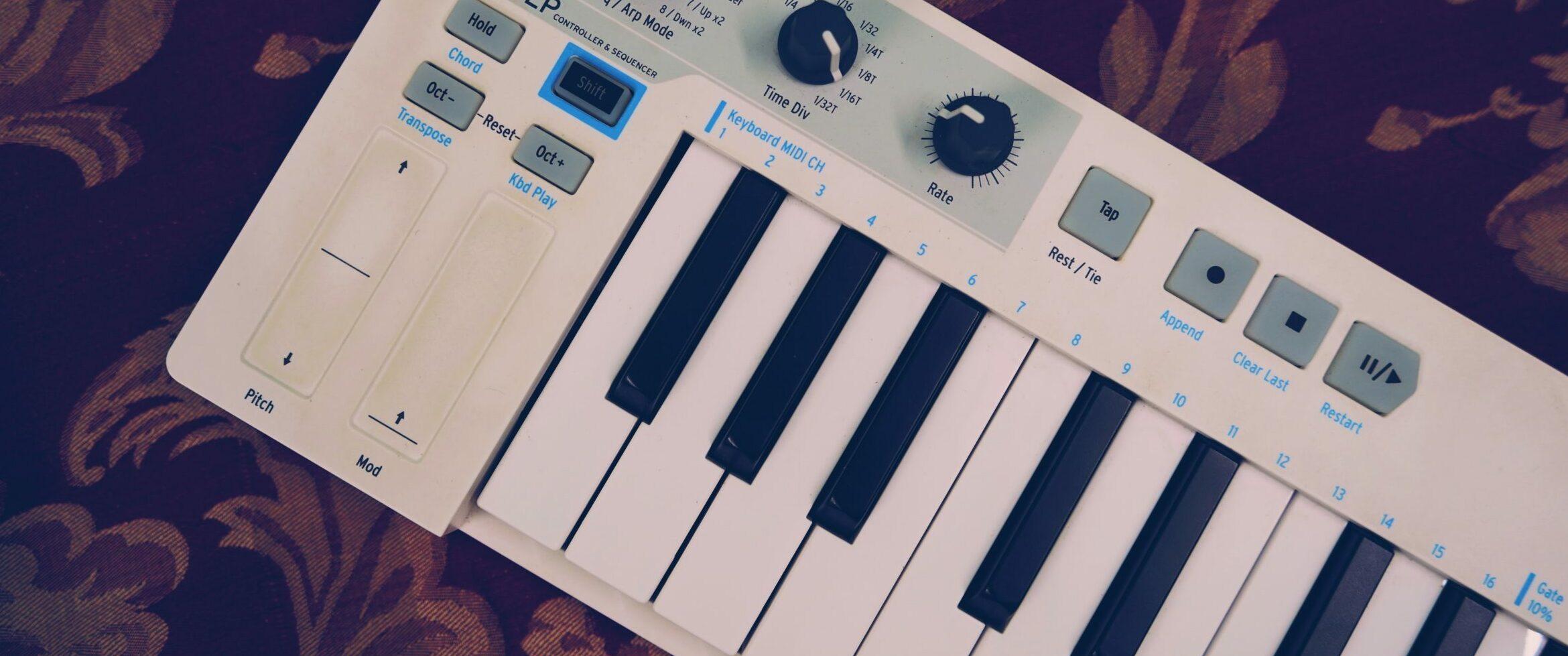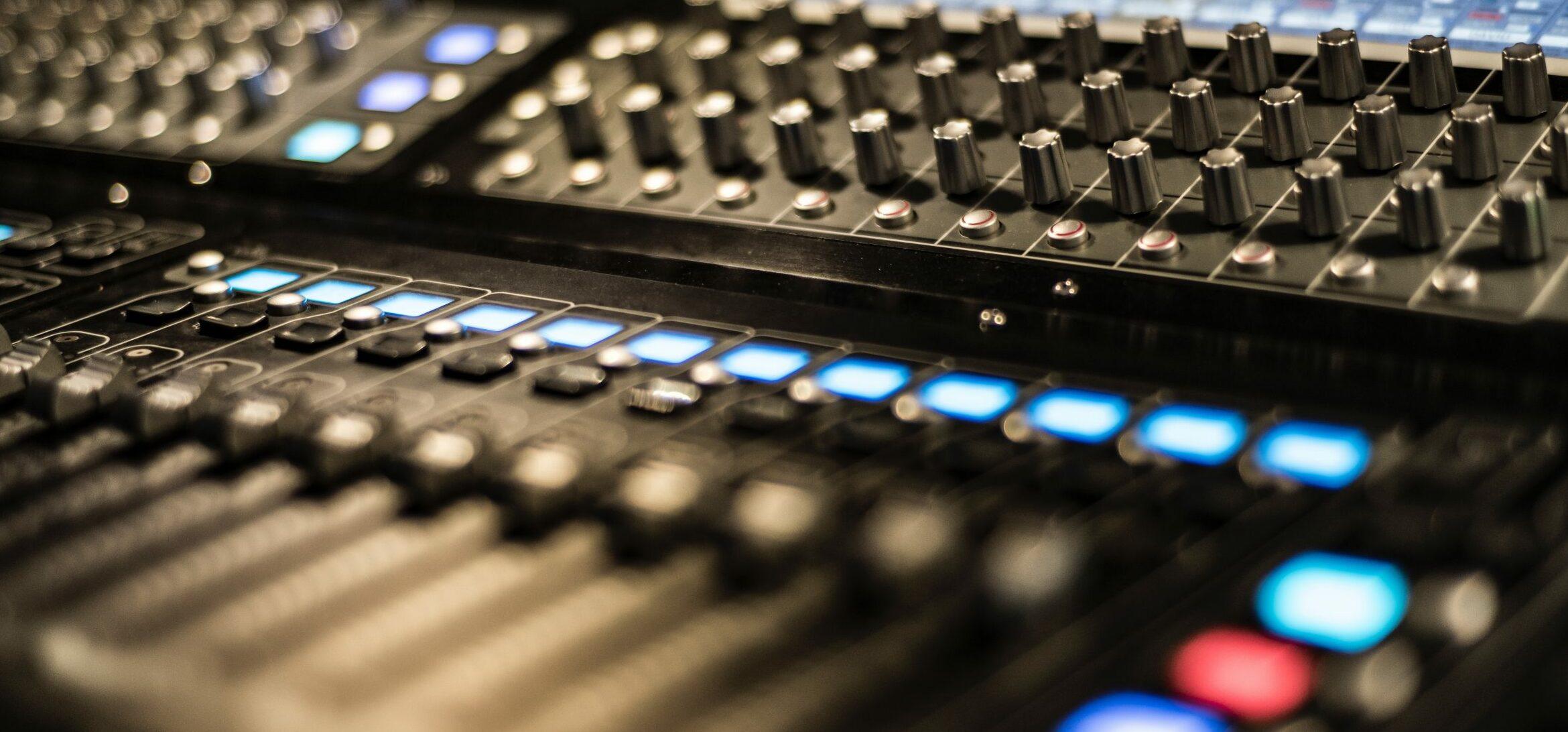In this article, we discuss the three most popular microphone types. We examine their strengths, weaknesses, and most common applications.
Different Microphone Types
A microphone converts sound waves into electrical energy; however, different types of microphones accomplish this feat through varying physical means.
Dynamic microphones are the most robust of the bunch. They handle high sound pressure levels with ease and are physically durable. Dynamics have a short reach and quick decay, making them useful in close-miking situations. Additionally, their low sensitivity rejects background noise, making them great for live applications where isolation is key.

Condenser microphones are more detailed than dynamics and require external power to function. As a result, a standard feature of most mic preamps is a switch for “phantom power.” Condensers are very sensitive and pick up not only close sources but also room sound and background noise. This makes them difficult to use in live situations but excellent choices for studio work (read: How to Choose Your First Studio Microphone).
One of the oldest microphone types commonly used is the ribbon microphone. Ribbon microphones have a vintage and warm sound. While they may not be as crystal clear as other microphone options, they possess a lot of character. Use ribbons to add depth and color to otherwise sterile sources.
Dynamics
Dynamic microphones employ a coil of wire, a magnet, and a thin diaphragm. The diaphragm attaches to the coil and moves the coil in relation to the magnet. This is a very durable design. Consequently, a trade-off for this strength is a loss of clarity. Additionally, they may not have the character that ribbons offer. Dynamics are typically cardioid microphones and capture sound from the front. Place them in front of loud sources and percussive elements. Most close drum microphones are dynamics, and you will also find them in front of guitar and bass cabinets.

Condensers
Condenser microphones suspend a very thin material or diaphragm between two plates. Sound waves excite the plates, changing the distance between them. Altering this distance affects the voltage or signal carried to your preamp. This design creates a microphone that is extremely detailed and clear. So much so that some use tube power circuits in place of phantom power to add missing character and warmth. Others forego tubes and transformers, further pushing the clarity envelope.
Condenser microphones are used on any source needing pristine focus and accurate representation. The diaphragm itself comes in different sizes. Small diaphragm condensers have a frequency response that focuses on the upper midrange and treble frequencies. Large diaphragm condensers are considered full range; use them to capture sources spanning the entire frequency spectrum. Condensers come in a vast array of polar patterns. Furthermore, some are switchable from cardioid to figure 8 to omni. Vocals, guitars, strings, and pianos all benefit from the clarity condensers provide.

Ribbons
Ribbon microphones suspend a conductive “ribbon” element between two magnetic poles. As the ribbon moves, a voltage is created in the magnetic field. This voltage is sent to your microphone preamp. Their warm nature is useful in taming shrill, overly harsh sounds. It’s important to note that the ribbon element is very fragile and should not be subjected to high sound pressure levels. Additionally, ribbons have the weakest output of the three types and require more gain from the preamp to reach nominal levels. Ribbons pick up sound in a figure 8 pattern, from the front and from the rear. They work wonderfully on acoustic guitars, stringed instruments, brass, and some vocal applications.
Summary
Armed with this knowledge, approach each source with thoughts on how it will sit in your final mix. Different microphone types will suit different purposes. For high-volume applications, grab the dynamics. For absolute clarity, use the condenser that meets the frequency needs of the source. However, the best microphone for vocals might not be the best option for guitar or drums.
Lascia un commento
Log in per commentare


